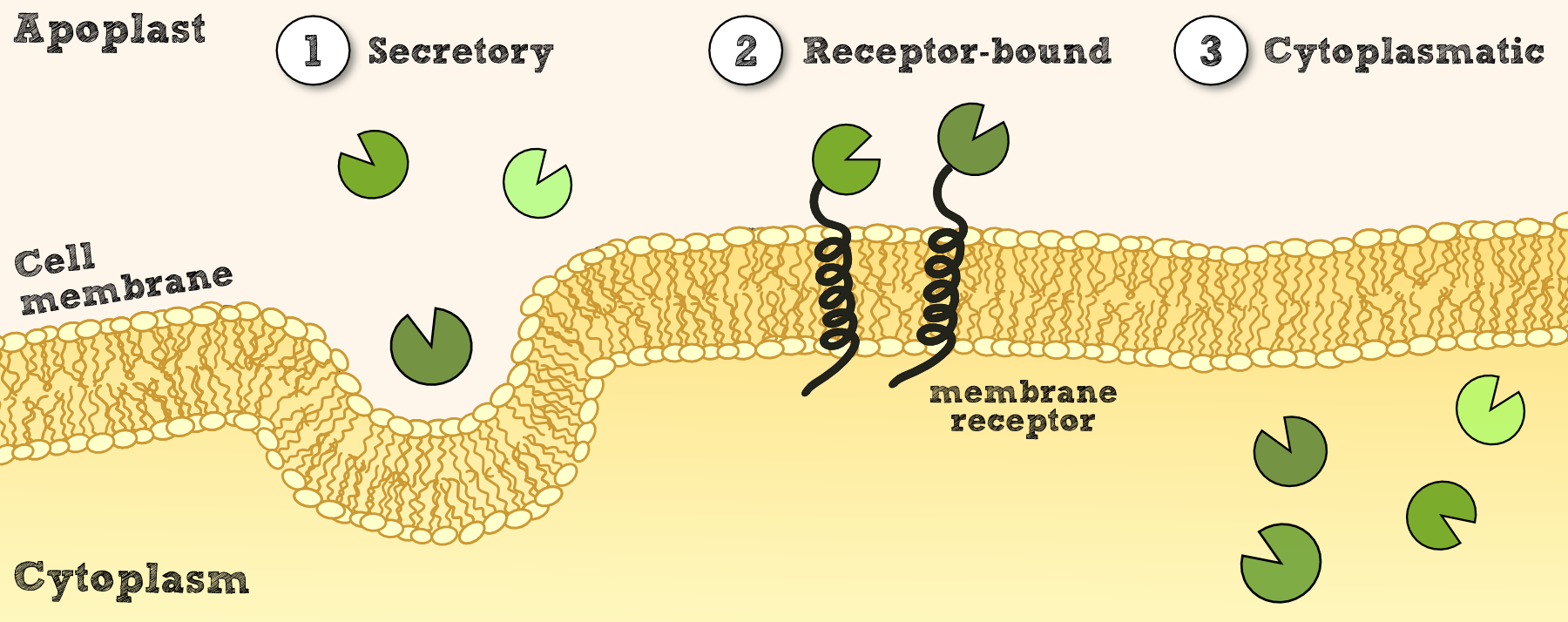Team:TU-Munich/Project/Localisation
From 2013.igem.org
ChristopherW (Talk | contribs) (→Localisation in Physcomitrella patens) |
ChristopherW (Talk | contribs) (→Membrane-bound Expression) |
||
| Line 25: | Line 25: | ||
== Membrane-bound Expression == | == Membrane-bound Expression == | ||
<div class="box-center"> | <div class="box-center"> | ||
| - | + | === SERK: The Blueprint from ''P. patens'' for a Synthetic Moss Receptor=== | |
</div> | </div> | ||
Revision as of 14:44, 19 September 2013
Localisation in Physcomitrella patens
In order to use Physcomitrella as a chassis for Phytoremediaton it is essential to be able to express effector proteins in different compatiments. This includes at first a cytoplasmatic expression of cytosolic effectors which degrade xenobiotics which are able to cross the cell membrane and which might be dependent on cofactors for the degradation or conjugation to decrease environmental pollution. In a second attempt it is necessary to implement the possibility to secrete effectors outside the cell which are more accessible for the their respective target molecule. Finally it would be desirable to have the possibility to express effectors which are immobilized on the cellular membrane. This woule allow the creation of a system which does not release transgenic proteins in the environment and would allow to internalize substances which were bound by recombinant binding proteins into the cell.
The cytosolic expression of efectorproteins can be achieved by cloning the respective BioBrick behind the Actin_5 promoter which can be in RFC 10 or RFC 25. For the secretion of effectors we added the signal peptide from an antibody [Fussenegger] and also tested the signal peptide from the SERK receptor of Physcomitrella patens which both should be suitable BioBricks to accomplish secretion. For this purpose the signal peptides were created as RFC 25 N-parts and the effectors need to be availible in RFC 25 to create fusion proteins. Finally the inclusion of recombinant effector proteins into a receptor which is functional in Physcomitrella patens was investigated by the construction of a synthetic receptor based on the SERK receptor
Cytoplasmatic Expression
Secretory Expression
Membrane-bound Expression
SERK: The Blueprint from P. patens for a Synthetic Moss Receptor
References:
- http://www.plantphysiol.org/content/127/4/1430 Schaefer and Zryd, 2001 Schaefer, D.G. and Zrÿd, J. (2001). The Moss Physcomitrella patens, Now and Then. Plant Physiology, 127(4):1430-1438.
 "
"




AutoAnnotator:
Follow us:
Address:
iGEM Team TU-Munich
Emil-Erlenmeyer-Forum 5
85354 Freising, Germany
Email: igem@wzw.tum.de
Phone: +49 8161 71-4351